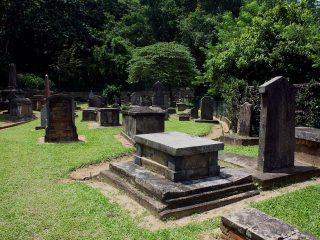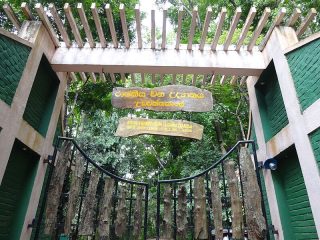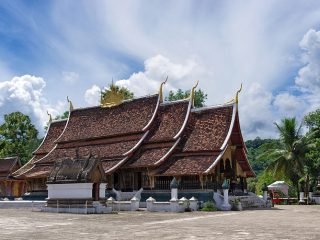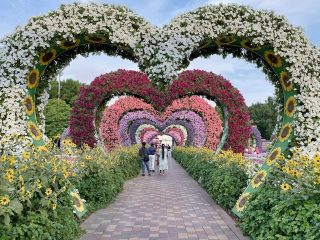![Paro Dzong | Image Courtesy: By Stephen Shephard (Own work) [<a href="http://www.gnu.org/copyleft/fdl.html">GFDL</a>, <a href="http://creativecommons.org/licenses/by-sa/3.0/">CC-BY-SA-3.0</a> or <a href="http://creativecommons.org/licenses/by-sa/2.5-2.0-1.0">CC BY-SA 2.5-2.0-1.0</a>], <a href="https://commons.wikimedia.org/wiki/File%3AParo_Dzong.jpg">via Wikimedia Commons</a>](https://www.wellknownplaces.com/blog-data/uploads/2017/07/Paro_Dzong-1024x768.jpg)
History
![Ta Dzong Museum | Credit: By Olivier Lejade (http://www.flickr.com/photos/lejade/5571303752/) [<a href="http://creativecommons.org/licenses/by/2.0">CC BY 2.0</a>], <a href="https://commons.wikimedia.org/wiki/File%3ATa_Dzong_museum.jpg">via Wikimedia Commons</a>](https://www.wellknownplaces.com/blog-data/uploads/2017/07/Ta_Dzong_museum-1024x768.jpg)
Architecture
Built on the steep side of a hill, the courtyard in the front of the monastery is 6 metres higher than the actual monastery. Intricately carved wood, the use of gold, ochre and black paint and the strong white walls gives the fort a sense of intimidating power and royalty.
Opening hours
Paro Dzong is open every day, but on weekends, the place is quite deserted as the offices and chapels are closed.
Roland Lefevre is a travel writer who specializes in creating features on leisure as well as business travel destinations across the globe. Google+

![Paro Dzong | Image Courtesy: By Stephen Shephard (Own work) [GFDL, CC-BY-SA-3.0 or CC BY-SA 2.5-2.0-1.0], via Wikimedia Commons](https://www.wellknownplaces.com/blog-data/uploads/2017/07/Paro_Dzong-800x600.jpg)
![Tianjin City | Image Courtesy: By Netopyr-e (Own work) [CC BY-SA 3.0 or GFDL], via Wikimedia Commons](https://www.wellknownplaces.com/blog-data/uploads/2017/07/Panoramic_View_from_Tianjin_TV_Tower_Eastsmall2008-08-560x420.jpg)







